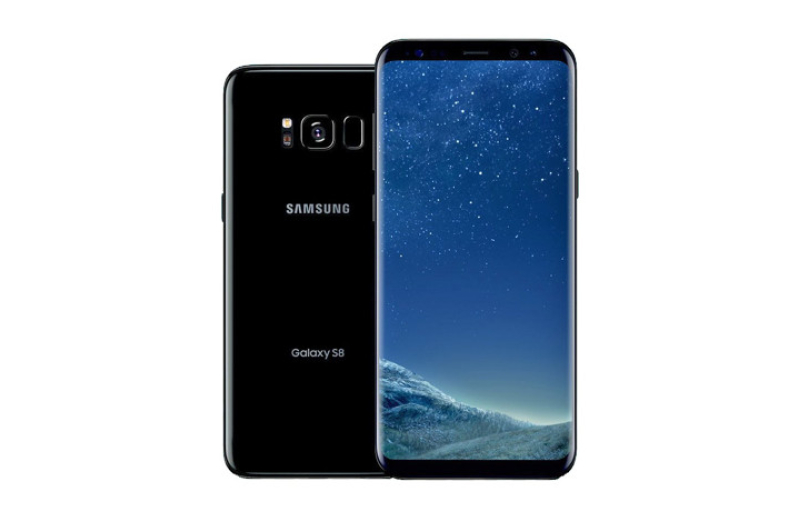
The Samsung Galaxy S8 and Galaxy S8 Plus were supposed to be the flagship smartphone from the South Korean conglomerate that will wipe away bad memories of the Samsung Galaxy Note 7 exploding battery debacle, but it does not look like this device has had an auspicious start. On the contrary, while huge numbers of the Galaxy S8 and S8 Plus have already landed in the hands of the consumer, there is also a growing number of complaints popping up online on user messageboards as well as forums concerning issues with the hardware.
Some of these issues are easily fixed with a software update, where among them include a red tint appearing on the display as well as niggling Wi-Fi connectivity issues as reported in Samsung’s home country, South Korea. However, not all of these problems will disappear with a simple software update. Among the grouses that have been raised include wireless charging problems, random rebooting of the handset despite having a fully charged battery plugged in, as well as burn-in on the screen. Burn-ins are far more serious than the inability to have a smooth wireless charging process or suffering from random reboots -- but certainly not as serious as an exploding battery! The Korea Herald reported that the burn-in appeared in the lower segment of the screen, right where the pressure-sensitive soft key is located.
Samsung had decided to replace the physical home key with a pressure-sensitive soft key instead, which meant that the button will always be visible on the screen whenever you would like to use the Galaxy S8 or S8 Plus is not being used. However, this burn-in issue meant that an image ghost ends up being shown permanently on the screen, whether you are using the device or not. Samsung originally thought that they had avoided this issue by changing the virtual home button’s position slightly from time to time in order to give pixels in the region some rest, but that has not solved the issue.
A customer in the Netherlands did go to Twitter with a question concerning the Always On Display-related burn-ins, although Samsung’s regional office had not shown any kind of serious concern over the matter. According to a Samsung spokesperson in South Korea, “An algorithm to prevent burn-ins is already equipped. Whether the consumer’s claim turns out to be true or not remains to be seen. At the moment, we are not receiving reports of other cases.”
As at press time, it remains to be known just how “popular” or widespread this issue with the screen burning in is, but if it is a manufacturing defect on Samsung’s part, then a massive recall is certainly on the cards. After all, the only way to fix it would be to replace the display, which is a long and tedious process, or to send the handset in for an exchange. Either way, it would not end up well on Samsung’s part if they are at fault here since their public image would take another battering. On the bright side, at least a smartphone with a screen burn-in will still be allowed to be carried on board an aircraft, unlike the Galaxy Note 7 that has a total flight ban.







